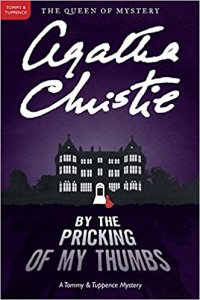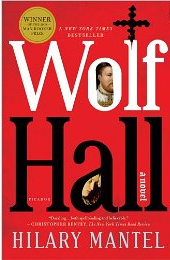In January, I foolishly decided to join Simon Thomas’s Century of Book Challenge, even though I knew that reading 100 books, one for each year in a century, from 1925-2024, would be tough because last year I only read 169. So, how am I doing?
I decided that the method I chose last month to keep track was meaningless to anyone but me, so it makes more sense if I list the years for which I don’t yet have entries. If you want to see the details, see my Century of Books page.
- 1925-1934: entries needed for 1926-31
- 1935-1944: entries needed for all years except 1941 and 1943
- 1945-1954: entries needed for all years except 1947
- 1955-1964: entries needed for all years except 1958 and 1959
- 1965-1974: entries needed for all years except 1965, 1972, and 1974
- 1975-1984: entries needed for all years except 1976
- 1985-1994: entries needed for all years
- 1995–2004: entries needed for all years
- 2005-2014: entries needed for all years except 2009, 2010, and 2012
- 2015-2024: entries needed for 2015 and 2024
Read in February (up to today):
- Fear Stalks the Village by Ethel Lina White from 1932
- The Warrielaw Jewel by Winifred Peck from 1933
- Wonder Cruise by Ursula Bloom from 1934
- Tom Tiddler’s Ground by Ursula Orange from 1941
- Weatherley Parade by Richmal Crompton from 1943
- Skeletons in the Closet by Jean-Patrick Manchette from 1976
- Murder at the Residence by Stella Blómkvist from 2012
- Mrs, March by Virginia Feito from 2021
- Chenneville by Paulette Jiles, The Bookbinder by Pip Williams, and Somebody’s Fool by Richard Russo from 2023
















